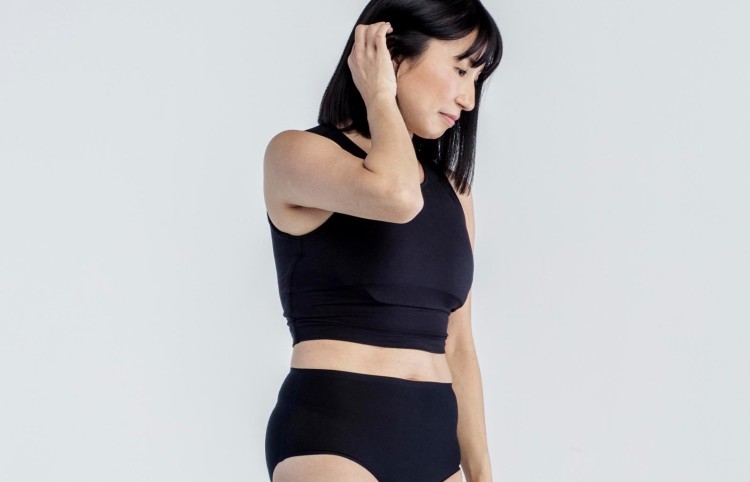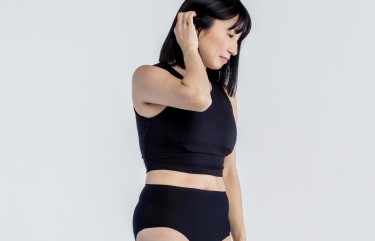AlloDerm: What You Need to Know
Pros & cons
How much it costs
Fast facts
AlloDerm is a material derived from donated human skin that’s placed in the body to reinforce tissue and provide a foundation for regeneration. It was originally developed in 1994 as a graft for burn patients, and its pliable, versatile nature makes it useful for many plastic surgery procedures, including facial reconstruction, abdominal wall reconstruction, and breast reconstruction.
“It consists of the deeper skin layer, with all of the cells removed, so it is essentially a sheet of collagen,” says Dr. Richard Baxter, a plastic surgeon in Mountlake Terrace, Washington, in a RealSelf Q&A. “The body recognizes it as ‘self’ and sends in your own cells to populate the graft, along with blood vessels, and so on.”
An AlloDerm graft is most often used in implant-based breast reconstruction surgeries, for added support. “After a pocket has been created for the expander or implant following a mastectomy, AlloDerm is placed inside the pocket and stitched into the chest wall, to keep it in place,” explains Dr. Morgan Norris, a Houston-based plastic surgeon, in a RealSelf Q&A. “Once it is secured, the AlloDerm acts as reinforcement. It also helps the body stabilize the implant and reduces implant migration.”
Related: How Breast Reconstruction Has Dramatically Improved in Recent Years
Like Strattice, a surgical mesh derived from porcine (pig) skin, AlloDerm has been developed to reduce the chance of your body’s rejecting it. These acellular dermal matrices (ADMs) become part of your own living tissue. It’s like scaffolding that your own cells can grow onto.
However, there are still some risks associated with implanting AlloDerm into your body. While AlloDerm undergoes processing to remove all bacteria—and is examined under a microscope both before and after processing—placing a foreign material into the body (and surgery in general) can introduce pathogens. Doctors on RealSelf report seromas (fluid buildups) and redness of the overlying skin as the most common complications.
Pros
- AlloDerm is a biocompatible material that becomes part of your own tissue. Your own cells are able to grow around and within an AlloDerm graft, to fully function as living tissue—blood supply included.
- ADMs can reinforce damaged or inadequate tissue that might not otherwise be able to provide enough support during reconstructive surgeries.
- When used with breast implants, AlloDerm can act like an internal bra, to keep implants in place; conceal rippling; and reduce the risk of capsular contracture (hardened tissue around the implant).
Cons
- You’ll have to be comfortable with implanting human skin from a cadaver in your body.
- AlloDerm is more costly than other biocompatible meshes, because it is derived from human skin harvested from selectively chosen donors.
In cosmetic use, there are usually better (and more cost-effective) options than AlloDerm for enhancement or augmentation. For example, doctors on RealSelf resoundingly recommend hyaluronic acid fillers over AlloDerm for lip augmentation.
- Average Cost:
- $1,300
- Range:
- $100 - $2,500
The price you pay will depend on your specific procedure, with the AlloDerm as one component of your overall cost. The cost of the material itself depends on the size of the piece(s) used.
“In most cases, when these products are used in reconstructive surgery—for example, breast reconstruction or in abdominal wall reconstruction—they are paid for by insurance,” says Dr. James Fernau, a Pittsburgh plastic surgeon, in a RealSelf Q&A. “In the case of cosmetic surgery, the cost of the product is passed on to the patient.”
Updated June 13, 2023

